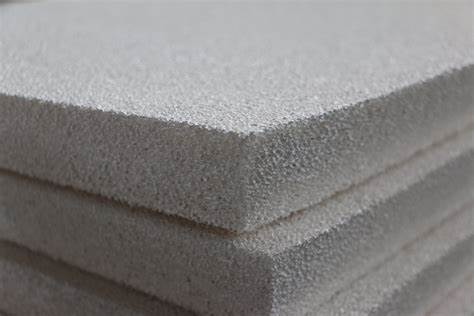Professional solutions on concrete addtives, Concrete Foaming Agent, Superplasticizer, CLC Blocks Additives, and foaming machine
In concrete materials science and engineering, admixtures and porosity are two crucial concepts that directly affect the physical and mechanical properties, durability and service life of concrete. As the “spice” in the concrete formula, admixtures can significantly improve the workability, strength, impermeability, freeze-thaw cycle resistance and other properties of concrete; and porosity, as a key parameter of concrete microstructure, is directly related to Permeability, water absorption and durability properties of concrete. This article will explore in depth the importance, detection methods, influencing factors and application in engineering practice from the two dimensions of admixture testing and porosity testing.
Admixture testing: the “fine-tuner” of concrete performance
Admixtures, as the name suggests, are small amounts of substances added during the concrete mixing process to improve concrete properties or meet specific construction needs. Common admixtures include water-reducing agents, air-entraining agents, retarders, early-strength agents, etc. Each admixture has its unique chemical composition and mechanism of action. Therefore, the detection of admixtures is not only related to the control of concrete quality but also an important link in ensuring project safety.

Foamed Concrete
Testing methods and standards
The testing of admixtures usually includes three aspects: physical properties, chemical properties and functional effects. Conventional instruments can directly measure physical properties such as density, fineness, etc.; chemical properties such as pH value, solid content, active ingredient content, etc., require the help of chemical analysis methods; and functional effects, such as water reduction rate, setting time changes, etc. This needs to be evaluated through concrete testing. Internationally, such as American ASTM, European EN standards and Chinese GB standards, etc., have formulated detailed technical specifications for the testing of admixtures.
Influencing factors and quality control
The performance of an admixture is affected by a variety of factors, including its chemical composition, dosage, method of incorporation, and interaction with other concrete components. Therefore, in practical applications, it is necessary to select the appropriate type and dosage of admixtures based on comprehensive considerations such as engineering requirements, climatic conditions, raw material characteristics and other factors. At the same time, a strict quality control system is established to ensure that the quality of admixtures is stable and reliable and to avoid fluctuations in concrete performance caused by admixture quality problems.
Porosity testing: a ‘seeing glass’ of concrete microstructure
Porosity is an important parameter describing the characteristics of the internal pore structure of concrete, which reflects the density of concrete. The size and distribution of porosity directly affect the permeability, strength, durability and other properties of concrete. Therefore, accurately measuring the porosity of concrete is of great significance for evaluating concrete quality and optimizing mix design.
Testing methods and techniques
There are various testing methods for porosity, including mercury intrusion method, gas adsorption method, image analysis method, etc. Among them, mercury porosimetry is widely used because of its high measurement accuracy and wide application range. This method presses liquid mercury into the concrete sample and uses the ability of the liquid mercury to fill the pores under different pressures to calculate the porosity and pore distribution characteristics of the concrete. In addition, with the development of computer technology and image processing technology, the image analysis method has gradually become a fast and non-destructive porosity testing method.
The relationship between porosity and concrete properties
Porosity is closely related to various properties of concrete. The lower the porosity, the higher the density of concrete and the better its strength, impermeability, durability and other properties. However, too low porosity may increase the brittleness of concrete and affect its crack resistance. Therefore, in the concrete mix design, it is necessary to comprehensively consider the balance between porosity and various properties of concrete to achieve the optimal combination of concrete properties.
Application in engineering practice
In the research and application of admixtures and porosity, engineering practice is an important place to test theories. Through the analysis of a large number of engineering examples, we can find that rational selection of admixtures and strict control of their dosage, combined with scientific mix ratio design, can significantly reduce the porosity of concrete and improve the compactness and durability of concrete. For example, in cold areas, by adding an appropriate amount of air-entraining agent, tiny bubbles can be introduced inside the concrete to reduce the damage to concrete caused by freeze-thaw cycles; while in large-volume concrete construction, the use of retarder and high-efficiency water-reducing agent can Effectively control the setting time and working performance of concrete, and reduce temperature cracks and shrinkage cracks inside the concrete.
Supplier of Concrete Admixture
TRUNNANO is a supplier of Concrete Admixture over 12 years experience in nano-building energy conservation and nanotechnology development. It accepts payment via Credit Card, T/T, West Union and Paypal. TRUNNANO will ship the goods to customers overseas through FedEx, DHL, by air, or by sea. If you are looking for high quality Concrete Admixture, please feel free to contact us and send an inquiry.




